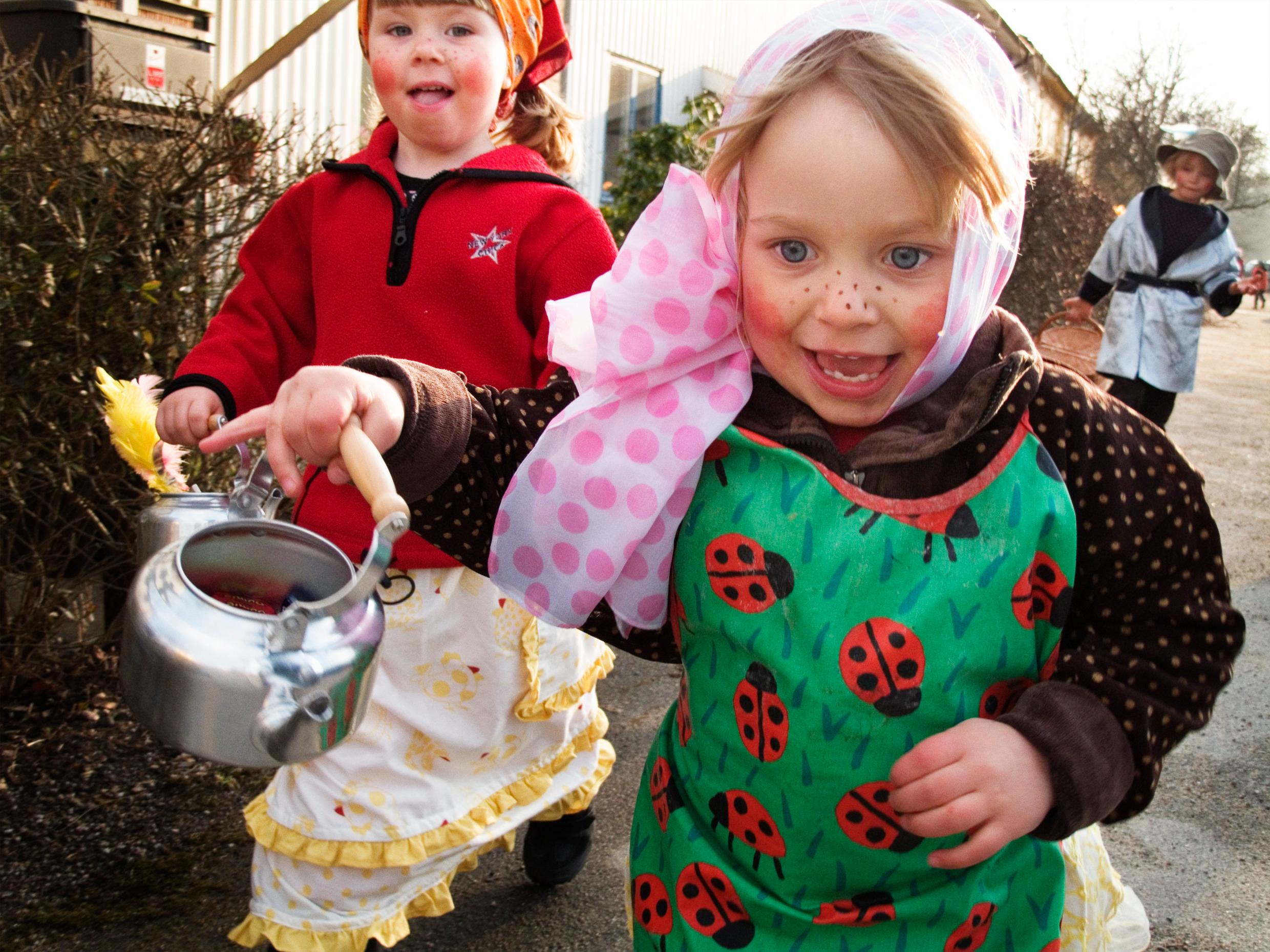Easter in Sweden
Easter in Sweden comes in many shapes and forms. But there's no getting around the eggs (or the witches).
To some, Easter in Sweden is closely associated with its religious origin, with churches across the country welcoming people to observe Easter over several days. The Church of Sweden considers Easter one of the most important holidays of the year.
To others, Easter is first and foremost a chance to get together with family, relatives and loved ones over traditional food, such as gravlax, herring, eggs and roast lamb.
What is typical Easter food in Sweden?
A traditional Easter lunch is likely to consist of different varieties of pickled herring and gravlax – and sometimes Jansson’s Temptation (potato, onion and sprats baked in cream). Eggs are a favourite accompaniment to the pickled herring, which is the centrepiece of most Swedes’ Easter meals – or any Swedish celebration for that matter.
People tend to lay the table like a traditional smorgasbord (or smörgåsbord as it’s written in Swedish), with various dishes to choose from. Spiced schnapps is also a feature of the Easter table.
For dinner, many people eat roast lamb with some suitable side dish.
Some customs at Easter in Sweden
The dining table is often decorated with birch twigs adorned with coloured feathers, a tradition that dates back to the 1880s. Many historians say that this tradition comes from an old custom when people used to whip each other with birch twigs on Good Friday to remind themselves of the suffering of Christ.
In western Sweden, people light bonfires on Easter Saturday, which is the main day for celebrations in Sweden. One of the original reasons for lighting bonfires was to scare away witches, but more about that further down.
Easter is one of the principal holidays, or feasts, of Christianity and marks the resurrection of Christ. It begins on Palm Sunday in celebration of Christ's triumphant entry into Jerusalem. In the old days, you were not allowed to spin or chop wood on Maundy Thursday, as this might intensify Christ’s suffering. Good Friday commemorates the crucifixion of Jesus. It used to be a quiet day in Swedish tradition, spent in silent contemplation. People dressed in black and ate salty food without anything to drink. Easter Sunday celebrates the resurrection of Jesus.
What’s the story behind Sweden’s Easter witches?
An old legend says that on Maundy Thursday, the Thursday before Easter, witches flew off to consort with the Devil on Mount Blåkulla. Nowadays, children in Sweden dress up as Easter witches. Clad in discarded clothes, gaily coloured headscarves and red-painted cheeks, they go from house to house in the neighbourhood and present the occupants with paintings and drawings in the hope of getting sweets in return.
When the children have consumed all these sweets, their parents normally give them Easter eggs filled with yet more. Some parents let the children search for the eggs themselves in a treasure hunt − following clues and solving riddles until they find their prizes.
